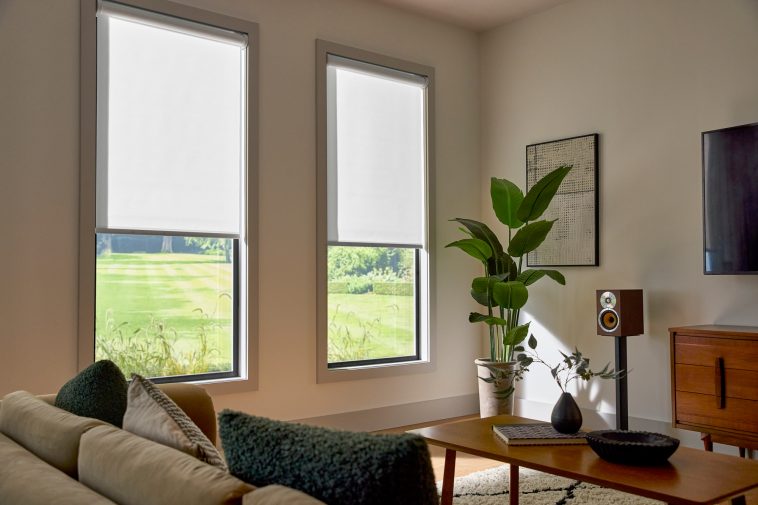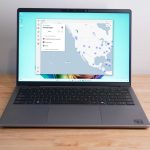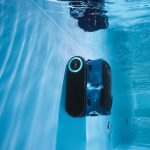Image: Lutron Electronics
Lutron Electronics announced on Monday the incorporation of DIY smart window shade products into its Caséta smart lighting brand. Drawn from Lutron’s Serena smart shade product line, the window coverings have long been controlled by Lutron’s Caséta smart hub, apps, and remote controls.
This new version of Lutron’s DIY-friendly smart shades look to be getting a new pricing model: Caséta smart shades—roller and honeycomb cellular types—in any width up to 48 inches wide and any length up to 80 inches long will be available for $399. Your color choices, however, will be limited to white or grey.
Blackout options are available for a $30 upcharge. Larger shades—up to 96 wide and 104 inches long—are also on offer, but at additional cost. It seems Lutron’s smart wood window blinds will remain in the Serena family.
Lutron Caséta smart shades will be available in roller and honeycomb (cellular) varieties.
Lutron Electronics
Those prices include the battery-powered motors in the shades, but you’ll need to purchase the hub, remotes, and/or in-wall controls to open, close, and schedule them separately (unless you wish to rely on the Caséta smartphone app and/or a smart speaker). If you already have Caséta smart lighting products, of course, you’ll already have at least the hub.
While Lutron is a member of the Connectivity Standards Alliance, it has so far not jumped on the Matter bandwagon that body developed. But I don’t see the absence of Matter certification as a drawback. The Caséta ecosystem is already compatible with Amazon Alexa, Apple Home, Google Home, Sonos smart products, and a lot more.
I reviewed Lutron’s Serena smart shades back in 2019 and was generally impressed with the product. That 34 x 58-inch shade cost $474 at the time, but I was able to choose from a wide variety of fabrics and colors.
Author: Michael Brown, Executive Editor, TechHive
Michael is TechHive’s lead editor, with 30+ years of experience covering smart homes, home networking, and home audio/home theater. He holds a BA in Multimedia Journalism, authored the book Desktop Video Production, and was awarded Best Online Review by the Computer Press Association. Michael built a smart home in 2007 and used it as a real-world product-testing lab. Now living in the Pacific Northwest, he is converting his 1890 Victorian bungalow into a modern smart home. Michael has worked at CNET, PCWorld, Electronic Musician, and Maximum PC. As a freelancer, he contributed to New Media, Camcorder, MacWeek, and more.





GIPHY App Key not set. Please check settings